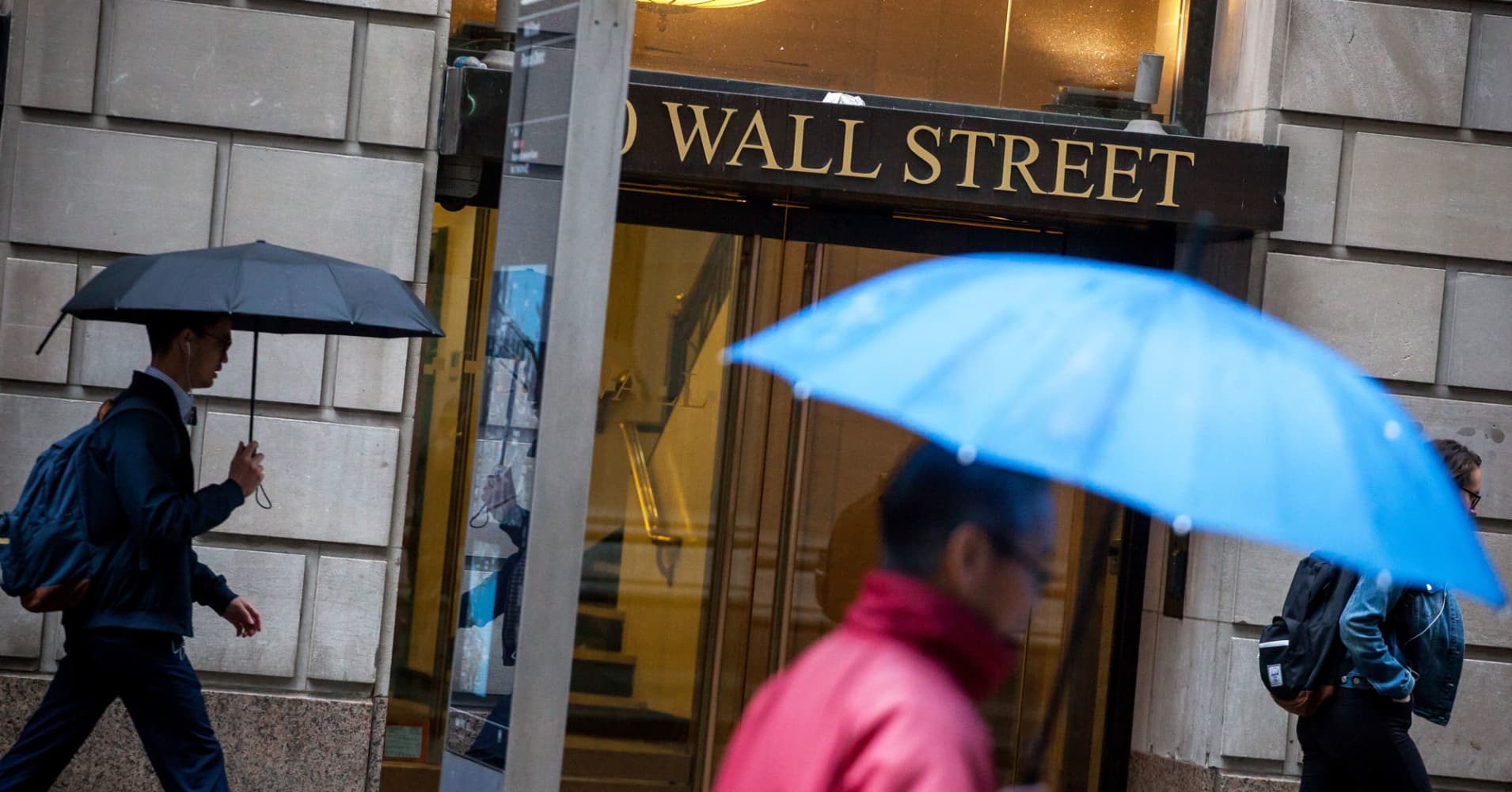
While rates take center stage, tariffs and wage pressures also will be important. Investors likely will be listening closely during earnings calls for what role both are playing in company outlooks.
Kostin said the U.S. tariffs levied against $200 billion worth of Chinese goods happened too late in the quarter to have much impact. What will matter is what happens from here.
In the worst-case extreme scenario, the tariffs and resulting price increases could wipe out all of the projected fourth-quarter profits. However, that assumes no use of other suppliers, no pass-on to consumers and no rise in domestic revenues or boost from economic activity. Impacts instead will be felt by industry.
“Affected firms will likely address concerns on their earnings calls. In fact, some firms have already discussed the potential impacts,” Kostin said. “Firms with high and stable gross margins are best positioned to withstand input cost inflation regardless of the cause.”
Similarly, companies with the strongest balance sheets and lowest debt loads will be affected least by rising rates, while companies that have less exposure to rising labor costs will do best amid the higher wage pressures, he added. While the Labor Department reported Friday that average hourly earnings rose 2.8 percent year over year, Goldman’s own wage tracker sees a 3.3 percent increase, which is the highest since the recovery began in 2009.
Wage pressures are a sign that inflation is building in the system. The Federal Reserve has responded by gradually increasing its benchmark rate, and Chairman Jerome Powell strongly indicated last week that the Fed remains a good distance from what it would consider a “neutral” rate that would generate a pause in the current cycle.
So far, the effects from inflation remain fairly muted. But corporate officials will be looked at for indications of whether that will remain the case.
“Labor costs are significantly below where they were in the previous tightening cycle, leading us to believe that inflationary pressures have an ample cushion before they reach alarming levels,” said John Lynch, chief investment strategist at LPL Research. “Nevertheless, markets may be sensitive to signs of growing inflation, especially with longer-term yields and stocks near multi-year highs.”
Be the first to comment